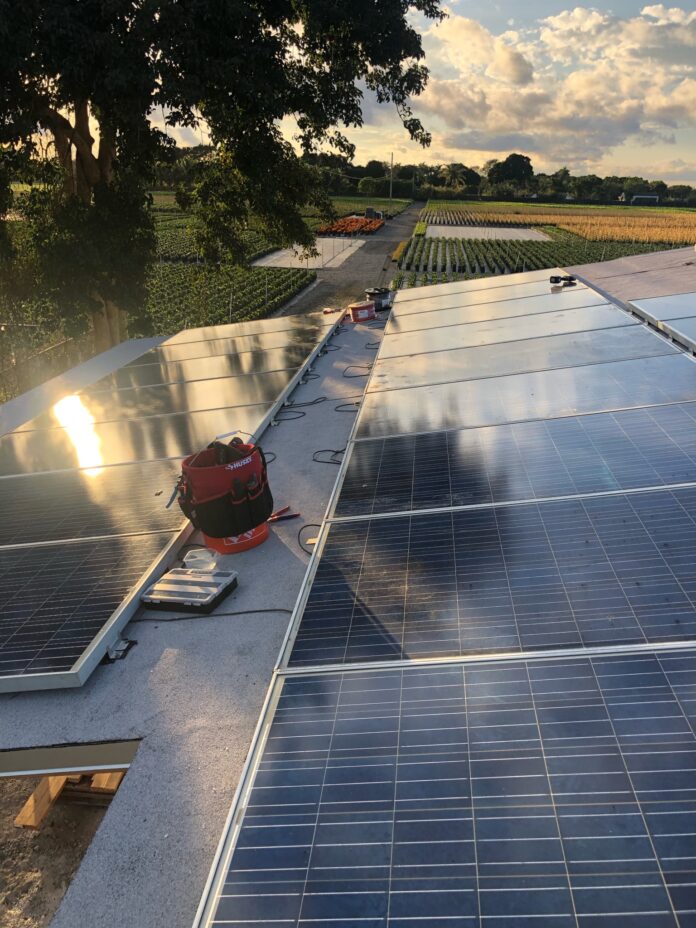Installing solar panels on a roof involves several steps, including:
- Planning and design: Conduct a site survey to determine the optimal location and orientation for the solar panels. Consider factors such as shading, slope, and structural load capacity.
- Permits and inspections: Obtain any necessary permits and schedule inspections with your local building department.
- Equipment and materials: Purchase or rent the necessary equipment and materials, including solar panels, racking systems, wiring, and inverters.
- Roof preparation: Inspect the roof to ensure it is in good condition and make any necessary repairs.
- Mounting the racking system: Attach the racking system to the roof using appropriate hardware, such as lag bolts or roofing screws. The racking system will hold the solar panels in place.
- Wiring: Connect the solar panels to the inverter using the appropriate wiring and conduit.
- Inspection: Have the system inspected by the local building department to ensure it meets all necessary codes and regulations.
- Testing: Perform a final test of the system to ensure it is working properly.
It is important to note that installing solar panels requires technical knowledge and expertise. It’s always recommended to hire a licensed and experienced solar panel installer to do the job.



